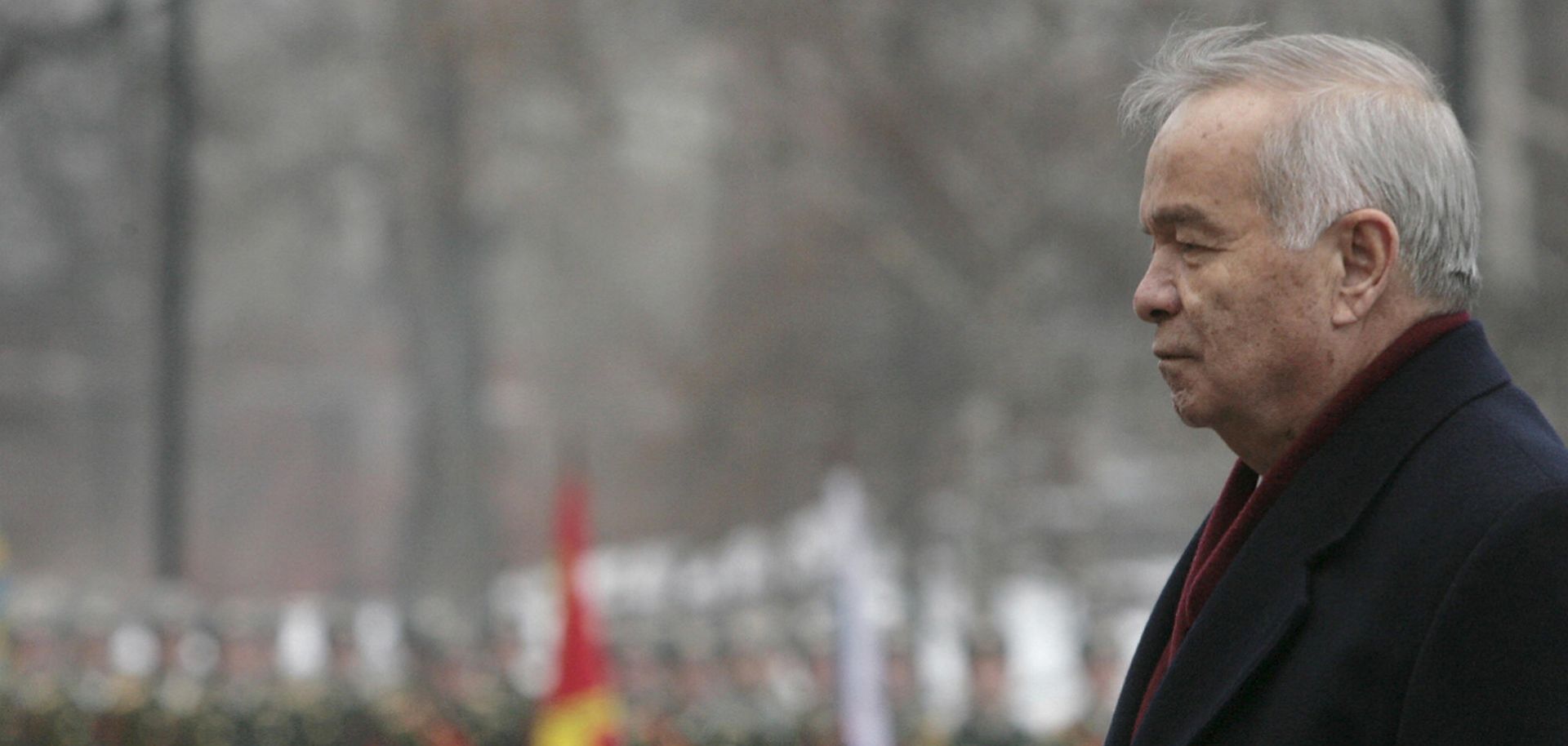ASSESSMENTS
Uzbekistan Today: Power Breakdown and Volatility
Dec 31, 2013 | 11:15 GMT

Uzbek President Islam Karimov lays a wreath at the Tomb of the Unknown Soldier in Moscow in 2008. Having attempted to balance the clans during his quarter-century rule over Uzbekistan, the real question is whether any new leader can truly replace him.
(NATALIA KOLESNIKOVA/AFP/Getty Images)
Editor's Note
This is the second of a three-part series on the clans of Uzbekistan. Part 1 examined the history of the clans of Uzbekistan through the Soviet period. Part 2 looks at the relationships and tensions among the clans and how they affect the Uzbek political landscape. Part 3 examines outside players' interests in Uzbekistan and the potential exploitation of the clans' power struggle.
Subscribe Now
SubscribeAlready have an account?
